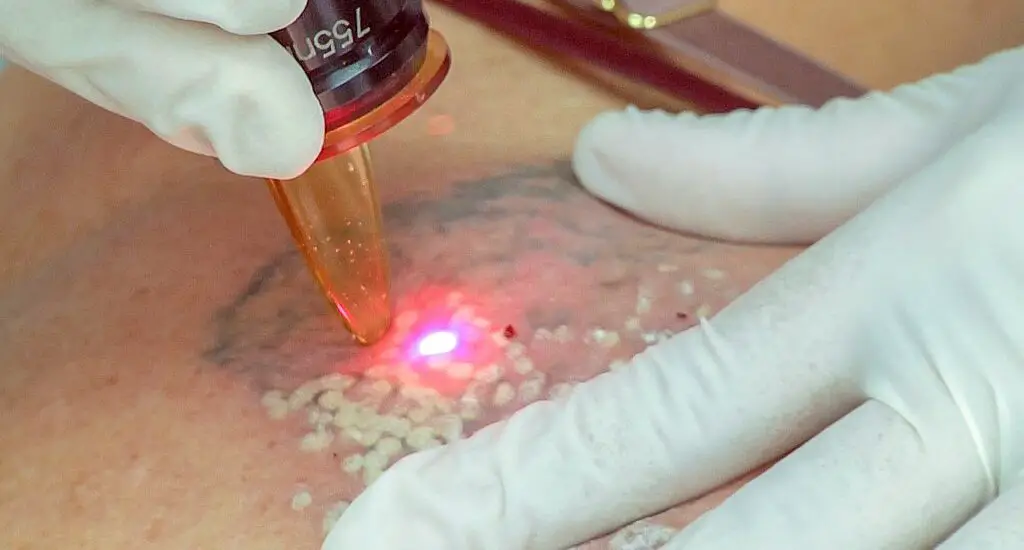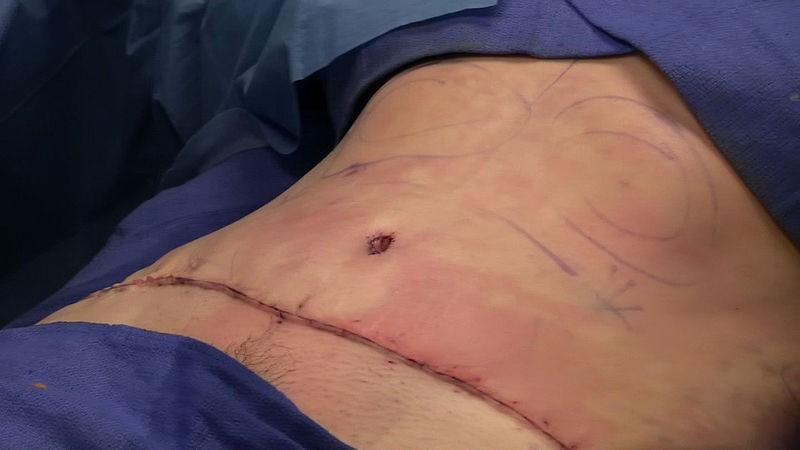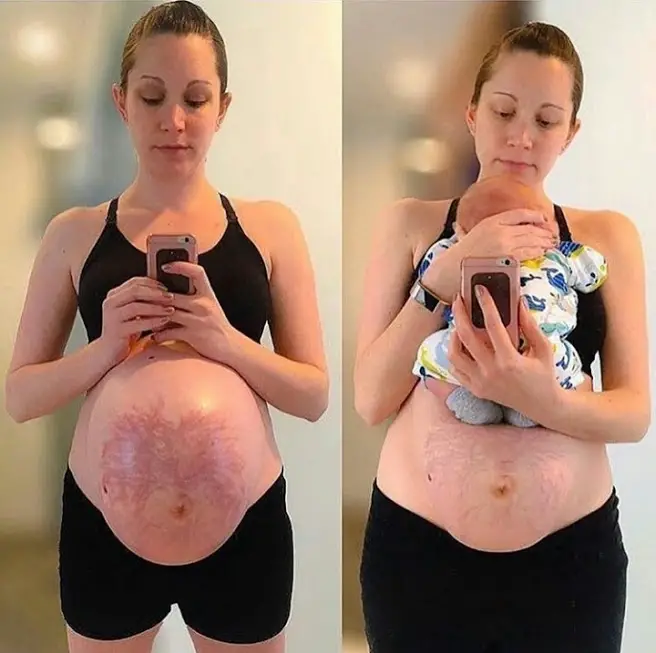In this comprehensive guide, we will explore the causes of red skin after laser tattoo removal, provide effective strategies for reducing redness, and discuss how long you can expect the redness to last.

Table of Contents
Causes of Red Skin After Laser Tattoo Removal
Red skin after laser tattoo removal is primarily a physiological response to the laser’s interaction with your skin. The laser targets the tattoo ink, causing a rapid increase in temperature in the ink particles. This thermal effect can lead to inflammation in the surrounding skin tissues, manifesting as redness.
The degree of redness can vary based on several factors:
Skin Sensitivity: Individuals with sensitive skin may experience more pronounced redness. Skin sensitivity can be influenced by factors like genetics, underlying skin conditions, and overall skin health.
Laser Intensity and Wavelength: Different types of lasers with varying intensities and wavelengths are used for tattoo removal. The specific type of laser and its settings can impact the level of skin response.
Tattoo Characteristics: The size, location, color, and density of the tattoo ink can affect how the skin reacts. For instance, dense, dark tattoos may absorb more laser energy, potentially leading to more redness.
Individual Health Factors: Your overall health, skin condition, and even factors like hydration and nutrition can influence your skin’s reaction to laser treatment.
How to Reduce Red Skin After Laser Tattoo Removal
Managing and reducing red skin after laser tattoo removal involves a few key steps:
Cold Compress: A cold compress can help soothe the treated area immediately after the procedure. This helps reduce inflammation and minimize redness. Apply the compress gently for intervals of 10-15 minutes. Avoid applying ice directly to the skin to prevent frostbite.
Topical Treatments: Your dermatologist may recommend specific topical treatments to alleviate redness. These can include over-the-counter hydrocortisone cream, aloe vera, or other soothing lotions. Apply these treatments as directed, usually a thin layer over the affected area.
Sun Protection: Protecting the treated area from sun exposure is crucial. UV rays can exacerbate redness and lead to complications like hyperpigmentation. Use a broad-spectrum sunscreen like this Elta MD UV Lotion SPF 30+ Broad Spectrum Full Body Sunscreen. Also, ensure to keep the area covered with clothing or a bandage when outdoors.
Hydration and Nutrition: Staying hydrated and maintaining a healthy diet rich in antioxidants can support your skin’s healing process. Foods high in vitamins C and E, for example, can promote skin repair and reduce inflammation.
How Long Does Red Skin After Laser Tattoo Removal
The duration of redness after laser tattoo removal can vary widely based on individual factors. Generally, redness subsides within a few days to a week. However, in some cases, it can last up to two weeks or more. This should be take seriously especially if the treated area is large or the tattoo was dense and deeply pigmented.
Monitor the treated area for any signs of abnormal healing, such as increased pain, heat, or pus, which could indicate an infection. If redness persists beyond the expected timeframe or worsens, it is important to consult your dermatologist or healthcare provider. These professionals can provide further evaluation and potential treatment.
Check out these other articles…
How Long Does Skin Take to Heal After Laser Tattoo Removal?
Skin Healing After Laser Tattoo Removal: Comprehensive Guide
Hole in Skin After Laser Tattoo Removal: Comprehensive Guide
Yellow Skin After Laser Tattoo Removal: Causes & Care Tips
Itchy Skin After Laser Tattoo Removal: Effective Remedies
Preventive Measures and Care Tips
To ensure a smooth and complication-free recovery from laser tattoo removal, consider the following preventive measures and care tips:
Choose a Qualified Professional: Selecting a qualified and experienced laser treatment provider is crucial. They should use appropriate laser types and settings tailored to your tattoo’s characteristics and your skin type.
Follow Pre-Treatment Instructions: Adhere to any pre-treatment guidelines provided by your dermatologist. This might include avoiding certain medications, sun exposure, or specific skin treatments before your session.
Post-Treatment Care: After the procedure, follow all post-treatment instructions carefully. Keep the area clean and moisturized, avoid strenuous activities and heat exposure (like hot baths or saunas), and attend all follow-up appointments.
Monitor Your Skin’s Response: Keep a close watch on how your skin is healing. Any unusual symptoms should be reported to your healthcare provider immediately.

